A Boat Transformer is an indispensable component in the electrical systems of ships, ensuring that all onboard equipment receives the appropriate voltage and frequency. This blog delves into the functionality, benefits, and importance of Boat Transformer in the maritime industry while highlighting the expertise of a leading supplier, Shinenergy.
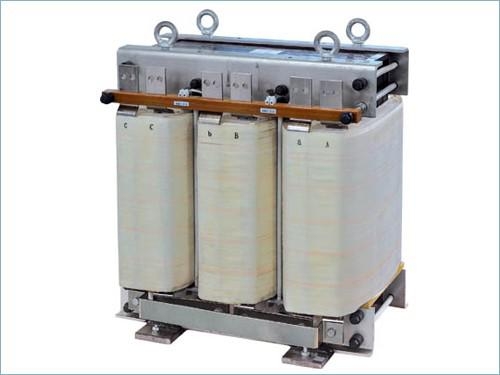
2024 High-Qulaity Boat Transformer
What is a Boat Transformer?
Boat Transformer, also known as marine transformer, plays a crucial role in the electrical systems of ships. Their primary function is voltage conversion to meet the diverse electrical needs on board. Typically operating at 50Hz or 60Hz frequencies, these transformers align with the standard power supply frequencies. However, in certain specialized applications, high-frequency transformers are utilized, especially in systems requiring high efficiency and compact design, such as switched-mode power supplies (SMPS). This blog delves into the workings, advantages, and pivotal role of boat isolation transformer in maritime industries, with a special focus on their waterproof capabilities.
How Does Boat Transformer Work
Voltage Conversion
At the heart of any Boat Transformer is its ability to convert voltage levels. Ships often have a variety of electrical equipment, each requiring different voltages. A Boat Transformer steps up or steps down the voltage to the appropriate level, ensuring all devices function correctly. This voltage conversion is vital for the seamless operation of navigation systems, communication devices, and other onboard electronics.
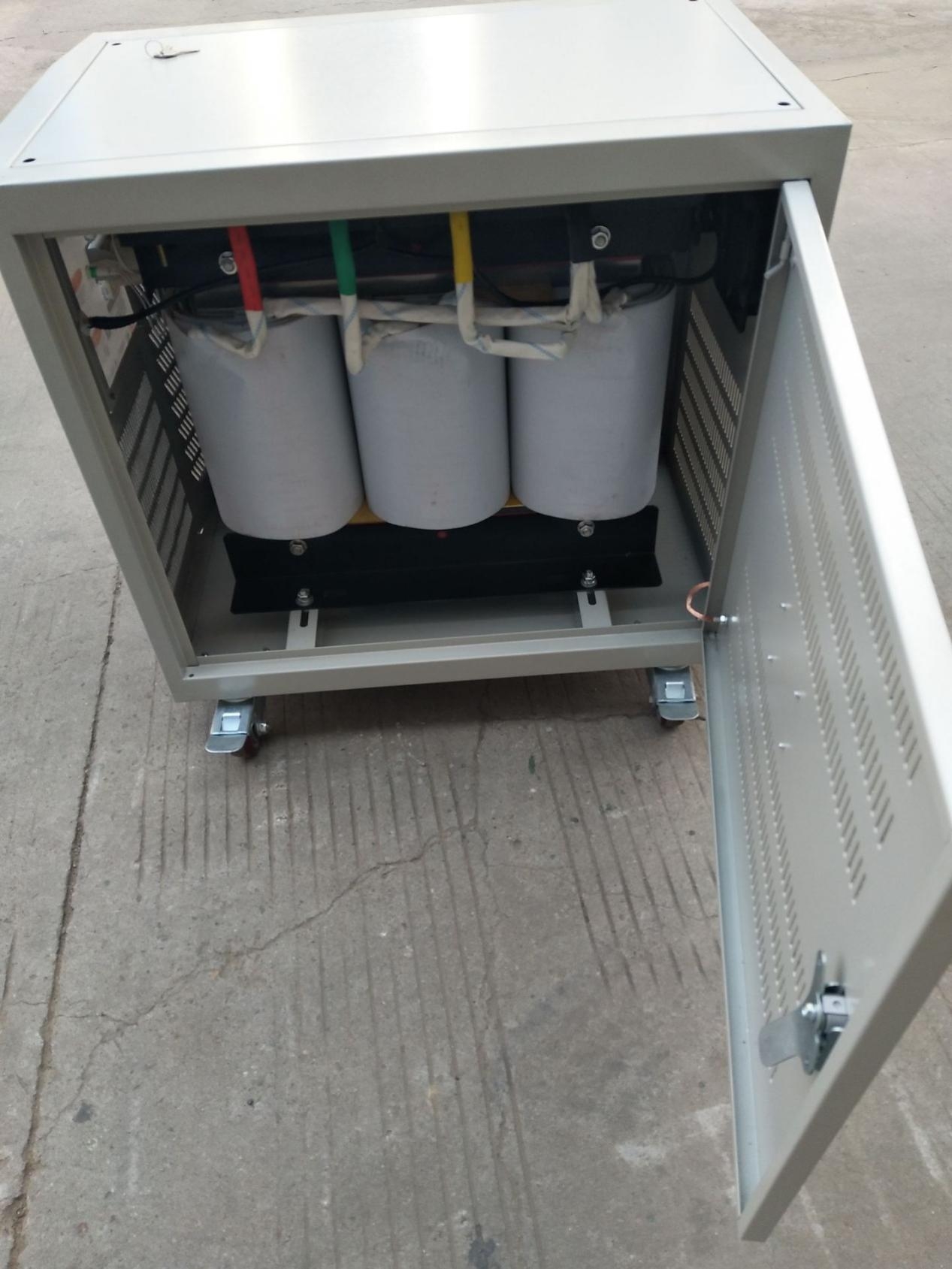
shore power boat transformer
Frequency Matching
Boat Transformers usually operate at the standard frequencies of 50Hz or 60Hz. This frequency matching is essential because the electrical systems on ships are designed to work with these frequencies. By maintaining this consistency, hore power boat transformer helps avoid frequency-related issues, such as equipment malfunction or reduced efficiency.
Specialized Applications
While most Boat Transformer works at standard frequencies, high-frequency transformers are occasionally used in specialized applications. These high-frequency transformers are particularly beneficial for electronic devices requiring high performance and compact design. Although less common, they are crucial for specific systems like SMPS, which demand high efficiency and reduced size.
Advantages of Boat Transformer
Efficiency and Reliability
Boat Transformer is designed to be highly efficient, ensuring minimal energy loss during voltage conversion. This efficiency is crucial for the operational reliability of the ship’s electrical systems. Reliable transformers contribute to the smooth functioning of all onboard electrical devices, minimizing downtime and maintenance requirements.
Safety and Protection
Safety is a paramount concern in maritime environments. Boat Transformer incorporates various safety features to protect both the equipment and the crew. These features include insulation, thermal protection, and short-circuit prevention. By mitigating electrical hazards, the Boat Transformer enhances the overall safety of the ship.
Versatility
One of the significant advantages of Boat Transformers is their versatility. They can be tailored to meet the specific needs of different types of vessels, from small boats to large ships. This adaptability ensures that all electrical systems, regardless of their complexity, receive the appropriate voltage and frequency.
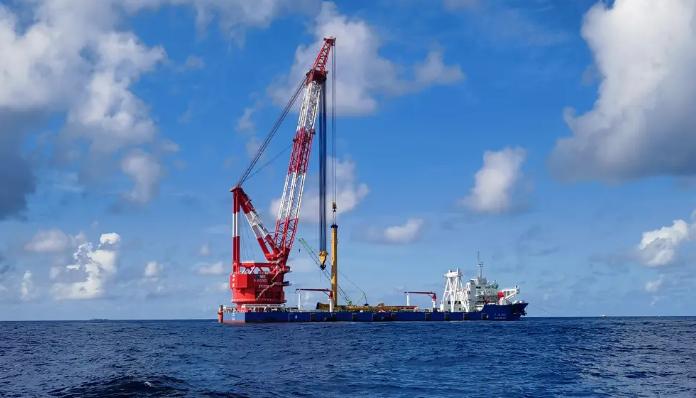
boat isolation transformer
The Role of Boat Transformers in Maritime Industries
Boat Transformer is indispensable for navigation and communication systems on ships. These systems require stable and reliable power to function correctly. By providing the necessary voltage and frequency, Boat Transformer ensures that navigational aids, radar systems, and communication devices operate without interruption.
Supporting Onboard Comfort
Beyond critical systems, Boat Transformer also plays a role in enhancing onboard comfort. They power amenities such as lighting, heating, and air conditioning. By ensuring these systems work efficiently, Boat Transformer contributes to a more comfortable environment for the crew and passengers.
Facilitating Maintenance and Upgrades
Boat Transformer simplify the maintenance and upgrade processes for maritime electrical systems. Their modular design allows for easy replacement and integration with new equipment. This ease of maintenance reduces the overall operational costs and enhances the longevity of the ship’s electrical systems.
Waterproof Shell for Special Applications
Importance of Waterproofing
Maritime environments are inherently harsh, with exposure to saltwater, humidity, and extreme weather conditions. Therefore, the Boat Transformer is equipped with waterproof shells to protect its internal components. This waterproofing is crucial for maintaining the transformer’s performance and longevity.
Waterproof Ratings
Boat isolation transformer is designed with various waterproof ratings, typically indicated by IP (Ingress Protection) codes. These ratings define the level of protection against dust and water. For instance, an IP67 rating means the transformer is completely dust-tight and can withstand immersion in water up to a certain depth. These high waterproof ratings ensure the transformer operates reliably even in the most challenging conditions.
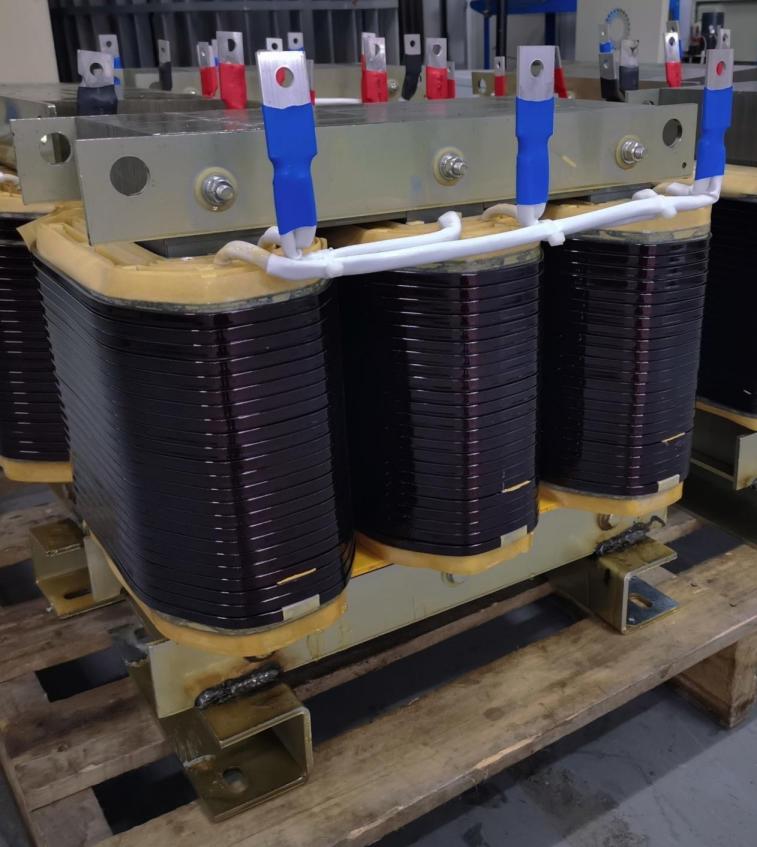
ac power boat transformer
Enhancing Durability
The waterproof shell not only protects against water ingress but also enhances the overall durability of the ac power boat transformer. By preventing corrosion and other water-related damages, the waterproof casing extends the lifespan of the transformer. This durability is essential for maintaining the consistent performance of the ship’s electrical systems over time.
Types of Boat Transformer
Step-Up and Step-Down Transformers
Step-up transformers increase the voltage from the power source to the required level for specific applications. Conversely, step-down transformers reduce the voltage to a safe level for various onboard equipment. Both types are crucial for matching the power supply to the needs of different electrical systems on the ship.
Isolation Transformers
Isolation transformers provide electrical isolation between the power source and the equipment. This isolation helps in protecting sensitive electronic devices from voltage spikes and electrical noise. By preventing direct electrical connection, isolation transformers enhance the safety and reliability of the ship’s electrical systems.
Autotransformers
Autotransformers are a type of transformer that uses a single winding to step up or step down the voltage. They are more compact and efficient compared to traditional transformers, making them suitable for specific applications where space and efficiency are critical.
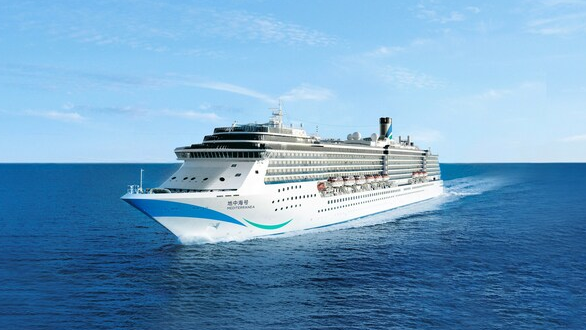
Boat Transformer
Conclusion
Boat Transformer is an indispensable component in maritime electrical systems, ensuring the smooth operation of a wide range of equipment on board. Their ability to convert voltage levels, match frequencies, and provide high efficiency and reliability makes them crucial for both critical and comfort-related systems. Additionally, their waterproof shells and high ingress protection ratings ensure durability and longevity in harsh maritime environments. With suppliers like Shinenergy providing high-quality boat isolation transformers, the maritime industry continues to benefit from advancements in electrical engineering, leading to safer and more efficient operations on the high seas.

